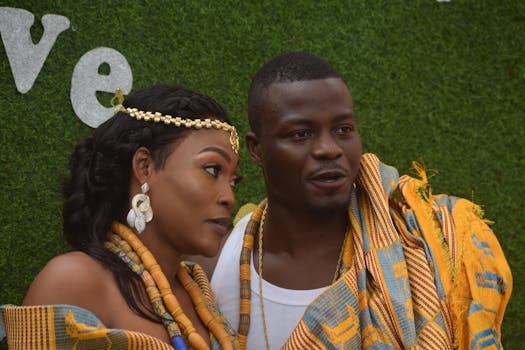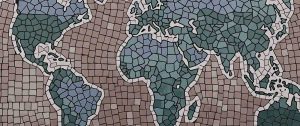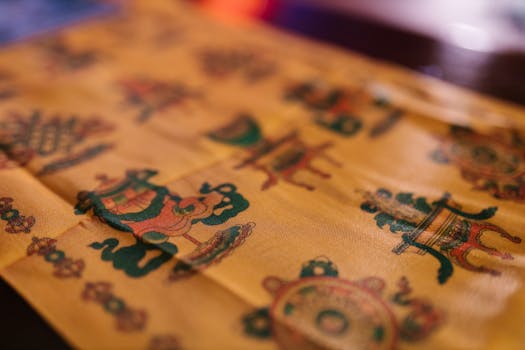
Connecting Cultures: The Story Behind Africa’s Diverse Fiber Traditions – WordPress
Connecting Cultures: The Story Behind Africa’s Diverse Fiber Traditions – WordPress. The African continent is home to a vast array of cultures, each with its own unique traditions and customs. One of the most fascinating aspects of African culture is its diverse fiber traditions, which have been used for centuries to create beautiful textiles, clothing, and other decorative items. In this article, we will delve into the story behind Africa’s diverse fiber traditions, exploring their history, significance, and impact on the continent’s cultural heritage.
Africa’s fiber traditions are as diverse as the continent itself, with different regions and cultures developing their own distinct techniques, materials, and designs. From the ancient Egyptians’ use of linen to the vibrant prints of West African batik, each fiber tradition has its own unique character and significance. In North Africa, for example, the Berber people have long been known for their expertise in weaving and embroidery, creating intricate patterns and designs that reflect their rich cultural heritage.
Section 1: Introduction to African Fiber Traditions
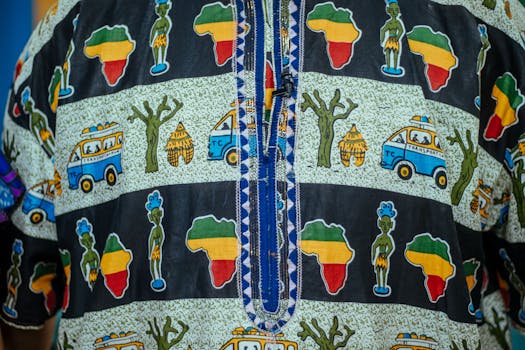
The history of African fiber traditions dates back thousands of years, with evidence of textile production found in ancient civilizations such as Egypt, Nubia, and Axum. These early textiles were often made from natural fibers such as cotton, linen, and wool, which were readily available in the region. As African cultures developed and trade routes expanded, new fibers and techniques were introduced, leading to the diverse range of fiber traditions we see today.
One of the most significant factors in the development of African fiber traditions has been the impact of trade and cultural exchange. As different cultures interacted and exchanged goods, ideas, and technologies, new fiber traditions emerged, reflecting the blending of different cultural influences. For example, the introduction of Islamic textiles from the Middle East had a profound impact on the development of fiber traditions in West Africa, leading to the creation of intricate patterns and designs that reflected the region’s unique cultural identity.
Section 2: Regional Fiber Traditions
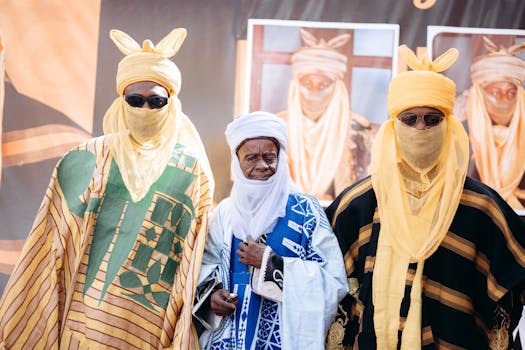
Each region of Africa has its own distinct fiber traditions, reflecting the unique cultural, historical, and environmental contexts of the area. In West Africa, for example, the Yoruba people of Nigeria are known for their expertise in adire, a resist-dyeing technique that involves using wax or starch to create intricate patterns on fabric. Similarly, the Ashanti people of Ghana are renowned for their beautiful kente cloth, which is woven from silk and cotton threads and features intricate patterns and designs that reflect the region’s rich cultural heritage.
In East Africa, the Maasai people of Tanzania and Kenya are known for their vibrant beadwork and embroidery, which is used to create beautiful clothing and decorative items. The Maasai use a range of materials, including beads, shells, and leather, to create intricate patterns and designs that reflect their unique cultural identity. In South Africa, the Zulu people are renowned for their expertise in weaving and basketry, creating beautiful textiles and containers that reflect the region’s rich cultural heritage.
Section 3: Modern-Day Innovations and Challenges
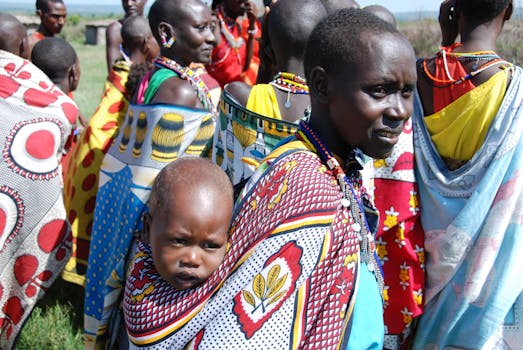
Despite the rich cultural significance of African fiber traditions, the industry faces a range of challenges in the modern era. The introduction of synthetic fibers and cheap imported textiles has led to a decline in the demand for traditional African textiles, threatening the livelihoods of many artisans and craftspeople. Additionally, the lack of investment in infrastructure and training has limited the ability of many African countries to develop their fiber industries, making it difficult for them to compete in the global market.
However, there are also many innovations and initiatives underway to promote and preserve Africa’s diverse fiber traditions. Many organizations and individuals are working to support artisans and craftspeople, providing training and resources to help them develop their skills and access new markets. Additionally, there is a growing interest in sustainable and eco-friendly textiles, which is creating new opportunities for African fiber producers to showcase their products and connect with customers around the world.
Section 4: Conclusion
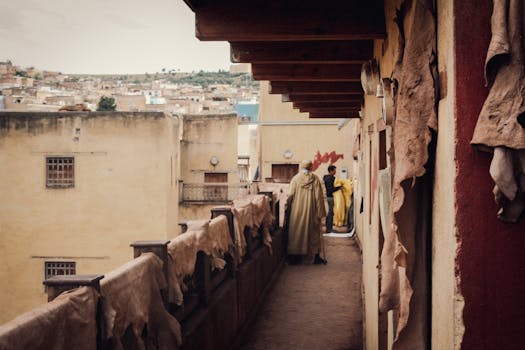
In conclusion, Africa’s diverse fiber traditions are a testament to the continent’s rich cultural heritage and creativity. From ancient textiles to modern-day innovations, these traditions reflect the unique cultural, historical, and environmental contexts of each region. As we move forward in the modern era, it is essential that we prioritize the preservation and promotion of these traditions, supporting artisans and craftspeople and providing them with the resources they need to thrive.
By connecting cultures and promoting cross-cultural understanding, we can help to ensure the long-term survival of Africa’s diverse fiber traditions, and celebrate the beauty and diversity of African textile art. Whether you are an artisan, a designer, or simply someone who appreciates the beauty of African textiles, there are many ways to get involved and support the preservation of these important cultural traditions.
See more:
